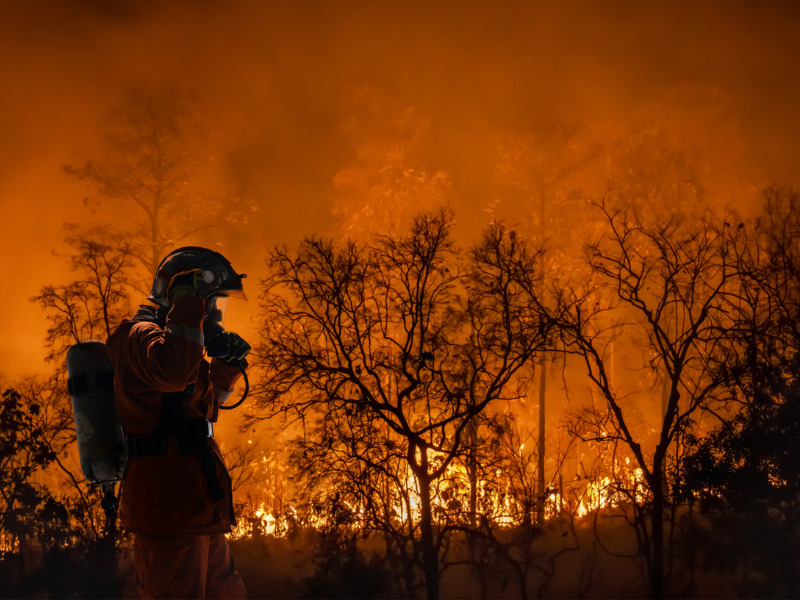Canadian cities at highest risk during 2024’s wildfire season

Major cities across British Columbia, Alberta and now Saskatchewan are at high risk for this year’s escalating wildfire season, finds a study by MyChoice.
But the city at highest risk is Kamloops, B.C., with a risk score of 9.4 out of 10, according to the insurance comparison website.
Saskatoon, Sask. has the second highest risk score of 8.8 out of 10.
Those cities are followed by Regina, Sask. (8.6), Kelowna, B.C. (8.6), and Medicine Hat, Alta. (8.6) to round out the top five highest risk scores.
During last year’s devastating wildfire season, British Columbia and Alberta experienced the most significant burns. B.C. saw 2,840,754 hectares burned, a 2,004% increase over the previous year. Alberta saw 1,951,299 hectares burned, an 8,814% increase from the previous year.
But according to MyChoice, Saskatchewan seems to be climbing the ranks of concern in 2024, even though the province is known for its prairies, not its forests.
Other cities at high risk include Alberta’s Lethbridge (8.4), Grande Prairie (8.4), and Fort McMurray (8.4).
The latter city has already seen 200 hectares burned this year. Though not classified as a large fire, insurers were concerned for the city, where a 2016 wildfire led to the highest insurable loss ($4 billion) in Canada’s history.
MyChoice scored cities by combining the equally weighted average of the Forecast Severity Rating (FSR) and the Forecast Severity Anomaly (FSA) from the critical fire season months of May to September.
Of moderate risk for wildfire are cities such as Winnipeg, Man. (7.8), Prince George, B.C. (7.4), Edmonton, Alta. (7.0), Vancouver, B.C. (6.6), and Calgary, Alta. (6.2).
Most cities in Ontario remain safe compared to their western counterparts, though the following rank as potential risks, per the study:
Timmins (5.4)
Kenora (5.4)
Sault Ste. Marie (5.4)
Barrie (5.2)
Sudbury (5.2)
Gravenhurst (5.2)
As for how residents of these cities will see their insurance affected, “In Canada, the insurance market has shown resilience, and we have not yet reached the point where insurers are withdrawing coverage. However, the unprecedented scale of wildfires last year is a clear warning signal,” said Aren Mirzaian, CEO of MyChoice.
“We need to be proactive in understanding the risks and ensuring that Canadian home insurance offerings are robust enough to provide adequate coverage in these challenging times.”
Perhaps unsurprisingly, some insurance prices are rising across the provinces most affected by wildfires.
Manitoba saw the highest year-over-year home insurance inflation in April 2024 at 14.2%, followed by Alberta at 11.4% and Saskatchewan at 11%. British Columbia experienced a 10.7% increase, while Ontario had the lowest rise at 7.5%, according to the most recent CPI data.
“These inflation rates imply that there is a growing financial impact of increased wildfire risk on home insurance premiums,” the study said.
Feature image by iStock.com/Toa55







